You’ve worked hard to get where you are today, and you feel the time has come to take the next step and buy your first home. You’re excited by the prospect, but before searching for that distinctive residence that you can already picture yourself in, you want your home ownership plan to be financially sound. That’s a wise decision, and to help you in this regard, you will find below some tips on how to lay down a solid foundation for the home of your dreams.
The down payment: what you should know
In Quebec, for a property selling for $500,000 or less, you have to make a down payment of at least 5% of the cost. If the price is more than $500,000, the minimum down payment will be 5% of $500,000 plus 10% of the amount over and above $500,000. Furthermore, if your down payment is between 5% and 20%, you will have to obtain mortgage loan insurance from the Canada Mortgage and Housing Corporation (CMHC) or from another mortgage insurer. So in addition to your mortgage payments, you will have to pay an insurance premium based on the amount of your down payment and the amount of the mortgage loan. However, you can avoid this extra cost by making a down payment of 20% or more, if you can afford it. So if you have the means, you can use some of your savings to increase your initial investment. By doing so, you will reduce the amount of your mortgage as well as the interest cost, and you won’t have to take out mortgage insurance with the CMHC.
Good strategies for your initial down payment
You’ve contributed to a RRSP over the years? With the Home Buyers’ Plan (HBP), you can withdraw up to $60,000 from your RRSP savings, tax-free, for the down payment on a home, if you’re a first-time home buyer. Note that you have up to 15 years to repay to your RRSP the amounts you withdrew, starting the second year after the year in which you withdrew the funds. If you do not make the annual repayment to your RRSP, you will have to declare each year 1/15 of the amount withdrawn as RRSP income and pay tax on it.
Another very interesting option is the FHSA. This registered savings account, reserved for first-time home buyers, allows you to save $8,000 a year and up to a lifetime limit of $40,000 in an investment vehicle similar to the TFSA, where your savings accumulate tax-free interest income. And as is the case for RRSPs, eligible contributions are tax deductible. Eligible withdrawals are also tax-free, and you don’t have to repay the amounts used. In the case of your downpayment for a first home, you can even combine your FHSA savings with the potential $60,000 HBP to reduce the amount of your mortgage.
Determine the approximate price you can afford to pay
Like at all key stages of your life, it’s important to review your financial plan and your budget so as to include the amounts you will have to pay to buy, maintain and live in your new home. This exercise will also help you determine the price you can afford for a home.
Once you have ascertained this amount, you can take steps to obtain a pre-approval certificate from your banking institution or a mortgage broker. This document, which states how much you are eligible to borrow, will be helpful during negotiations, and if the lender has given you a guaranteed rate, you will avoid possible rate increases for a certain period.
A piece of advice in closing: give yourself plenty of leeway, because there are many incidental costs when purchasing a home, such as notary fees, inspection fees, property transfer fees, renovation and repair costs, furniture costs, etc.
If you would like some guidance in purchasing your first home, contact one of our Advisors, who will be pleased to help you with your financial plan.
The financial planning strategies discussed in this article may not apply in all cases. Please consult your financial planner.




















